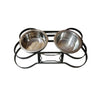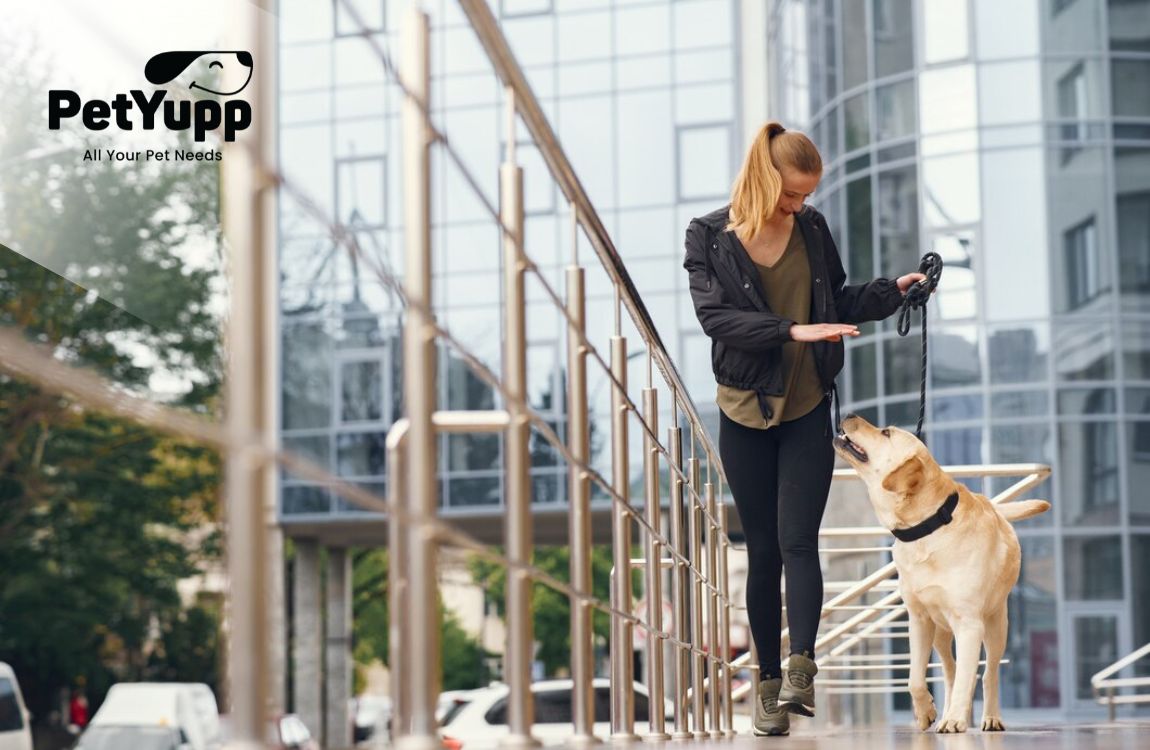It is not always necessary to keep your dog on a leash if you know how to train a dog not to run away. You can keep your pet free, knowing it will come back.
If you let your dog run off every time, it will turn into a habit that is hard to change. It is important to change this habit before it becomes an integral part of their nature. Suppose you keep the dog off leash for just one day, it runs off and goes missing, pretty terrifying feeling right?
Many people have this question “My dog runs away from me when I approach, what should I do?”
There may be many reasons for a dog to run away, like fear of loud noises, genetic instincts, and dogs with separation anxiety might want to escape to look for their owner if left alone. New owners often chase their puppy in a playful manner but our pooches can misinterpret this behaviour and think that running away from the owner is a positive thing. Their mating instincts might also kick in after some time if they remain unneutered, because of which they can run off. In this case train a dog not to run away is crucial especially if you have a pet who does not listen.
How to Train a Dog to Be Off Leash Without Running Away
Many people wonder how to train a dog off-leash. There are many dog training tips that can be helpful in training your dog.
One of the most reliable dog training tips is the clicker method. You just need to choose a setting your dog is comfortable with, like a fenced yard, attach your dog with at least 15 feet long leash to create a significant distance between you and the pet while still being in control, and teach your dog to associate the clicker sound with treats. Tasty treats like Gourmet Cheesy Chews can make the experience more rewarding for them.
Immediately feed your dog with treats after the clicking sound, this action reinforces the idea in the mind of your dog that clicker sounds signal an oncoming reward in the form of a treat. Let your dog explore the space with a long leash on its neck, try to call your pet once it is far away from you. If the dog returns to you, immediately click the clicker. That way it will be ingrained into the dog’s psyche that returning to the owner means a certain reward.
Repeat this session with your dog 8-9 times. Once you are confident that the dog is performing suitably upon hearing the command, swap the clicker for verbal praise. Now you know how to train a dog not to run away.
How to Train Your Dog to Not Run Away Outside
Apart from clickers, there are other effective dog training tips. Let’s learn other ways so that your dog doesn’t go missing.
Is your pup 10 weeks old? It is a great age to start leash training. It is important to train your dog early so that it stays with you even without the leash. If you have decided to take a walk with your dog without having a leash around its neck, you might want to keep your pooch in your line of sight. Always be attentive and you won’t have to worry about how to train a dog to not run away outside.
It is a well-known fact that some dog breeds like Shih Tzus, Pug, Pomeranian, and Maltese are less likely to run away than other breeds like German shepherds, German shorthair pointers, huskies, and other northern breeds. You can train your dog but it can still run away despite your best efforts, this is why some veterinarians recommend microchipping them so that you can track their whereabouts.
Every dog owner should invest some time to know how to train a dog not to run away. This is not an instantaneous process. It takes time and constant practice to ingrain a certain type of behaviour in a dog. Returning to their owners should be a fun and rewarding experience for a dog. Follow PetYupp for interesting and informative blogs like this one!
Frequently Asked Questions
Q: How to train a dog not to run away with a shock collar?
A: Avoid using shock collars and instead employ positive reinforcement techniques such as treats and praise to teach your dog not to run away.
Q: How do I stop my dog from running out the house?
A: Conduct obedience training sessions indoors, focusing on commands like "stay" and "come" reinforced with rewards like treats and enthusiastic praise to prevent your dog from running away in the house.
Q: My dog runs away from me when I approach, what to do?
A: Work on building a strong bond and trust with your dog through positive interactions and training exercises. Use rewards and patience to encourage your dog to approach you willingly.
Q: The dog runs away and won’t come when called, what to do?
A: Implement consistent recall training using positive reinforcement methods like treats and praise to encourage your dog to come when called, gradually increasing the level of distraction as your dog becomes more reliable in responding to your commands.
Q: How to train your dog not to run out the front door?
A: Train your dog to stay away from the front door using commands like "stay" and reward compliance with treats and praise. How to train a dog not to run away is tricky and is only achievable with constant training.





Leave a comment